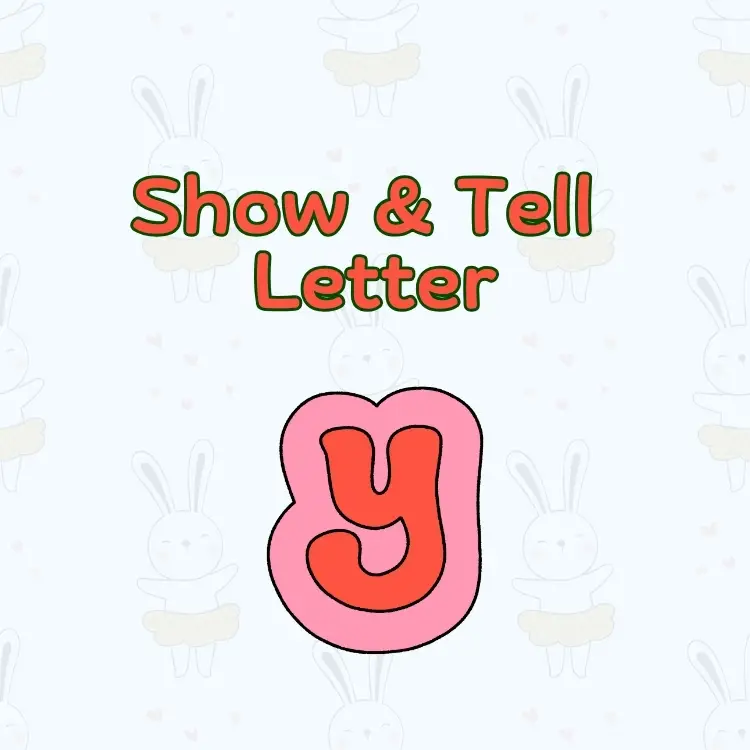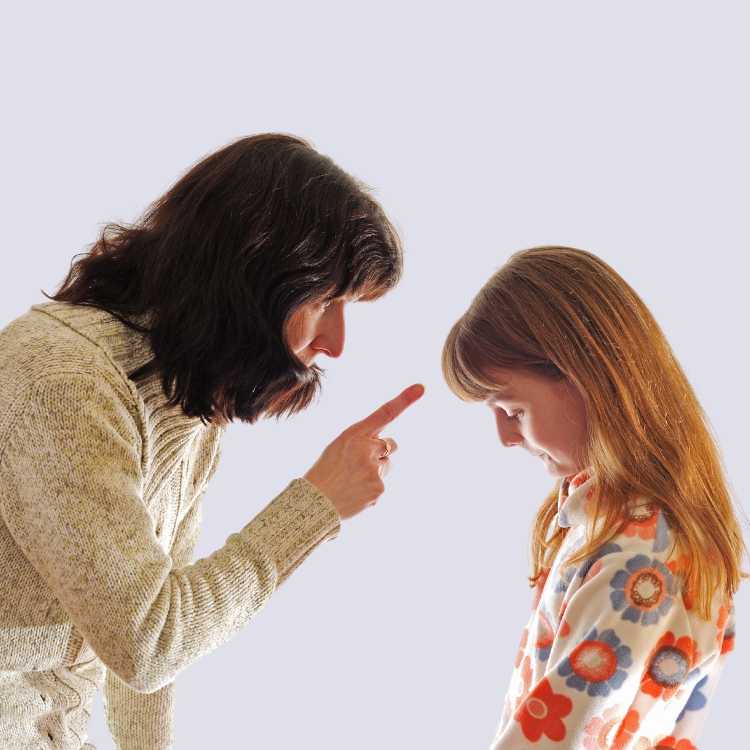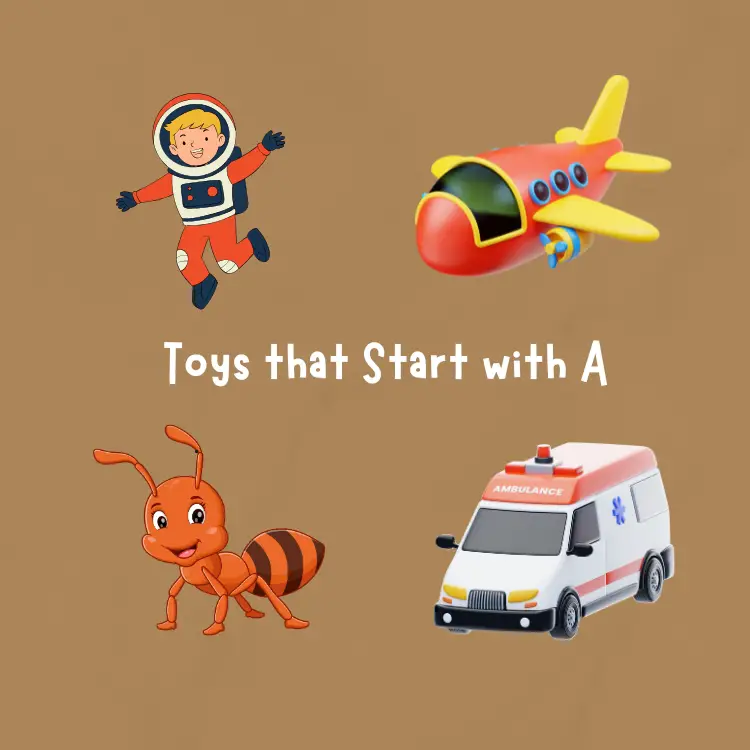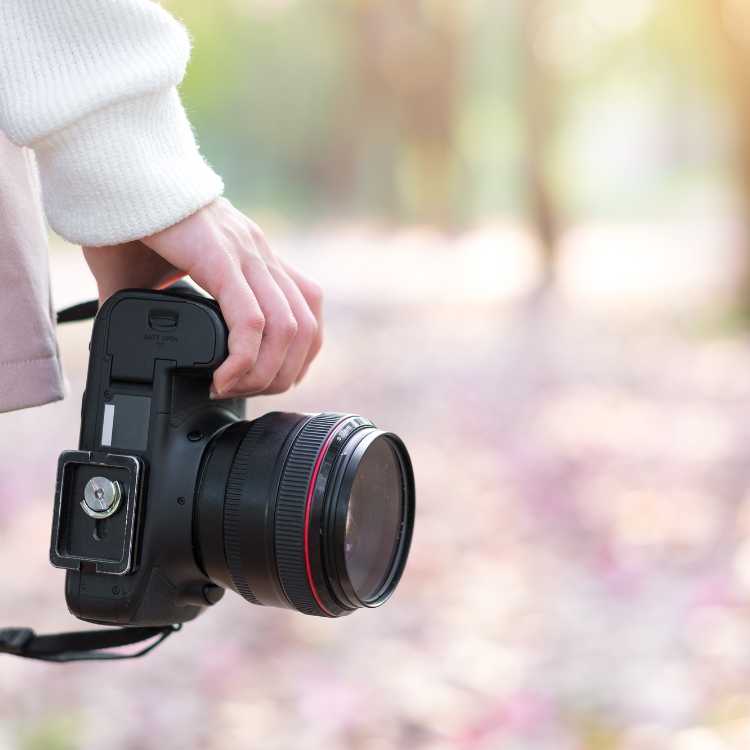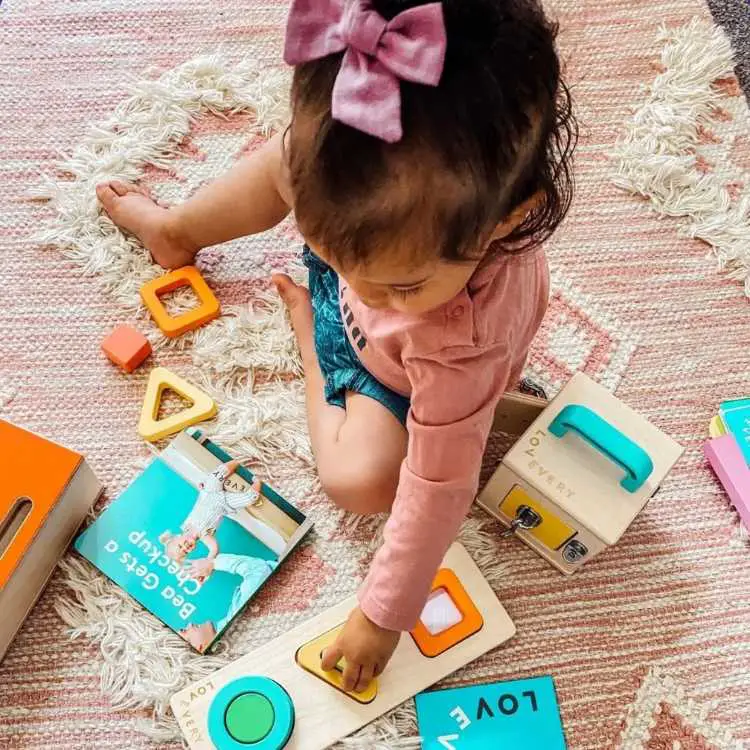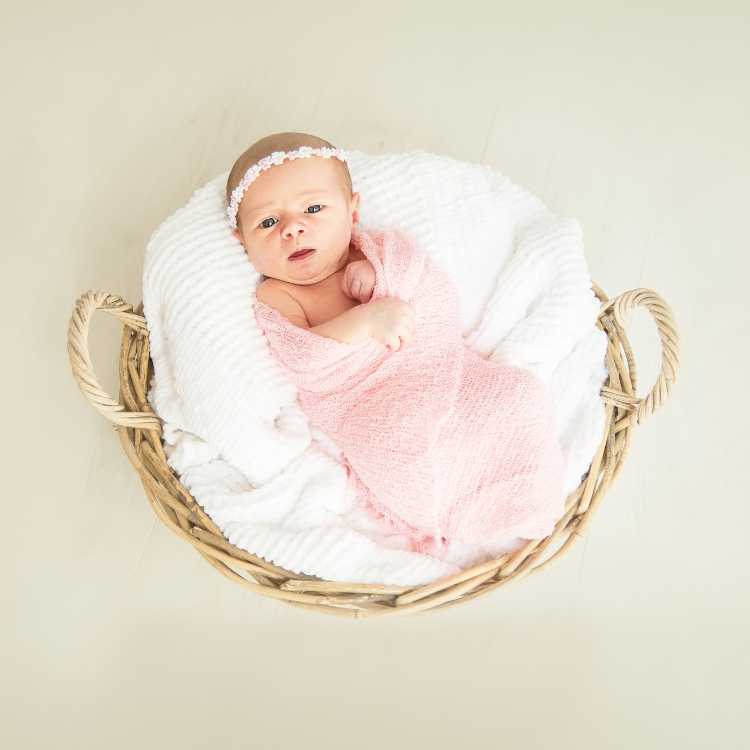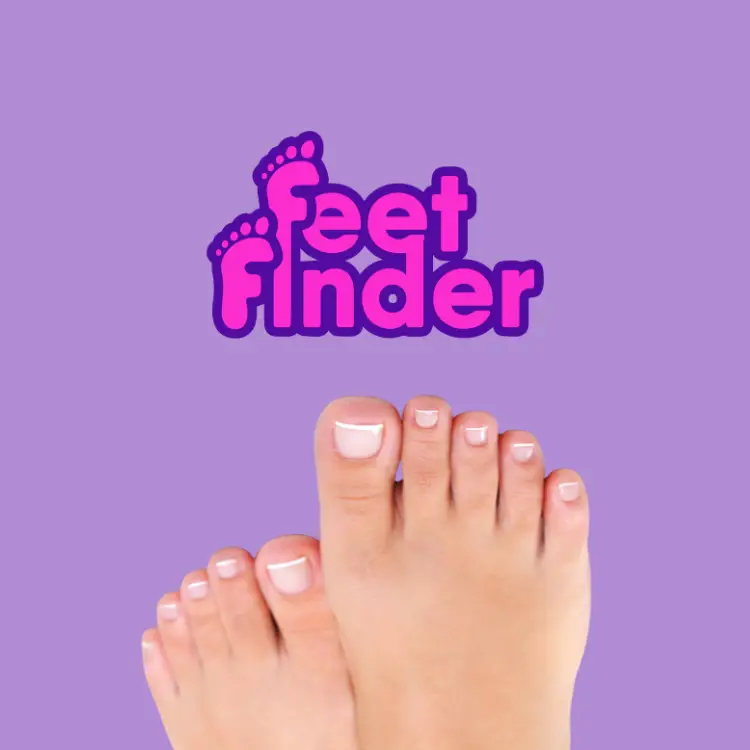Curly hair is beautiful and glorious. However, it also comes with lots of maintenance and care requirements that you need to follow to ensure you keep it healthy and thriving. If your baby has curly hair and you are looking for the best way to care for it, this article is for you. In this post, you’ll learn how to take care of your baby’s curly hair to minimize damage and grow healthy and beautiful hair.
Why Is My Baby’s Hair Curly?
The most significant determinant of hair type in babies is genetics. Therefore, if you have anyone in your family with curly hair, your baby may inherit the genes and end up having curly hair. The genes don’t have to come from you or the baby’s father. Dominant curly hair genes can carry over for generations.
Besides genetics, the environment may also influence your baby’s hair texture. A warm and humid environment can turn your baby’s hair curly or frizzy, while colder climates may result in straight and dry hair.
Do Baby Curls Go Away?
A baby’s hair texture generally changes by age 2, and what may start as locks can turn into wavy or straight hair. While some babies lose their curls over time, others have tighter curls as they grow.
Most times, babies with hair that curls only at the top lose the curls after trimming. In some cases, babies start with straight hair that turns curly as they grow. There is no specific reason for the hair changes, and it can be impossible to establish whether your little one’s baby curls will go away.
How to Properly Care for Your Baby’s Curly Hair
Taking care of baby curly hair doesn’t have to be stressful. Below are 7 tips that can help you take proper care of your child’s hair with ease.
1. Learn about Your Baby’s Curly Hair
The most crucial step in taking proper care of your baby’s curly hair is learning as much as you can about it. While the hair may be curly, curl patterns vary and can determine how you manage it. For example, some curl patterns like 4C have more porosity, meaning they need more moisture to prevent drying.
To ensure you give your baby’s hair the care it needs, begins by identifying the curl pattern. You can then find information online and offline to help you understand what’s best for your baby. You can also consult a hair specialist on your baby’s hair type and curl patterns.
2. Trim Your Baby’s Hair Often
You may be worried that your child’s curls will disappear when you trim their hair. However, putting it off for long will only leave you with a tangled mess of unmanageable hair. Curly hair requires frequent trimming as they are prone to drying out, especially at the ends.
The dryness makes them brittle and prone to breakage since they tangle much easily. Trimming your baby’s curly hair keeps it even and gets rid of split ends and knots.
While every child’s hair is different, it is advisable to trim your baby’s curly hair every 2 to 3 months to keep it manageable. You can do it yourself or take your child to a hairstylist with experience for the best results. Hair specialists know how your baby’s hair grows and will consider the hair’s different growth speeds and curl levels when trimming.
3. Avoid Brushing
If you want to comb or detangle curly hair, put down the brush and pick up a wide-toothed comb. You can also use your fingers for thin, short, or fine hair. Wide-toothed combs are safe for curls as they cause minimal pulling. Brushing, on the other hand, can cause breakage as they pull on the knots and tangles. They also mess up natural curl patterns.
If you must use a brush to comb curly hair, find a wet brush as it has wider bristles. Also, it is best to detangle your baby’s hair during washdays using a comb and only use your fingers and a water bottle spray on other days.
4. Don’t Over-Cleanse
Curly hair tends to lose moisture fast. Therefore, washing it daily strips off natural oils and dries it out, making it vulnerable to breakage. To avoid over-cleansing your baby’s curly hair, wash it once or twice a week with shampoo for baby curly hair.
In case of build-up between washdays, you can co-wash (washing hair using conditioner instead of shampoo). While you can refrain from using baby curly hair shampoo, always apply conditioner with every bath/shower or after one or two days. For severely dry hair, consider deep-conditioning at least once a week.
5. Use Appropriate Baby Curly Hair Products
The hair products you use can make or break your baby’s curly hair. Ensure the shampoo and conditioners you use are designed for babies. Also, due to the nature of curly hair, products with moisturizing and hydrating properties are excellent choices for baby curly hair.
When choosing your baby curly hair shampoo, stay away from those with sulfates, parabens, and silicone as these ingredients strip hair of natural oils. They also cause build-up, which weighs down the baby’s hair.
Instead, opt for healthy ingredients like olive oil, coconut oil, Shea butter, and avocado oil. It is okay to experiment with different baby curly hair products until you find the ones that work for your baby’s hair.
6. Apply Styling Products on Damp Hair
Waiting too long to apply products on your baby’s hair can roughen up the cuticles and cause the hair to become frizzy. Using products on dry hair may also result in undefined curls. Set your baby’s curls when the hair is still damp to avoid frizz.
As you apply the products, work them through the hair with a closed hand. Be careful not to rake your fingers through the curls as they cause frizz and damage the hair.
7. Choose Protective Styling
Considering how vulnerable curly hair is, protective styling is a great way to safeguard baby curly hair. Some protective baby hairstyles for curly hair include braids, buns, and banding the hair between washes. You can also trim your baby’s hair to keep it neat.
When styling, avoid heat or tight hairstyles. They not only damage the baby’s hair but also irritate the scalp. Also, avoid using clips and barrettes to keep the hair away from the face. Opt for flat-ribbon-style hair ties for the baby hairstyle for curly hair that require keeping hair away from the face
The above tips can help you create a working hair care routine for your baby’s curly hair.
Sources: PubMed, A Scan for Genetic Determinants of Human Hair Morphology: Edar Is Associated With Asian Hair Thickness, Mar 2008, and MedlinePlus, Is Hair Texture Determined By Genetics?, Jul 2010
Elisha Philip
